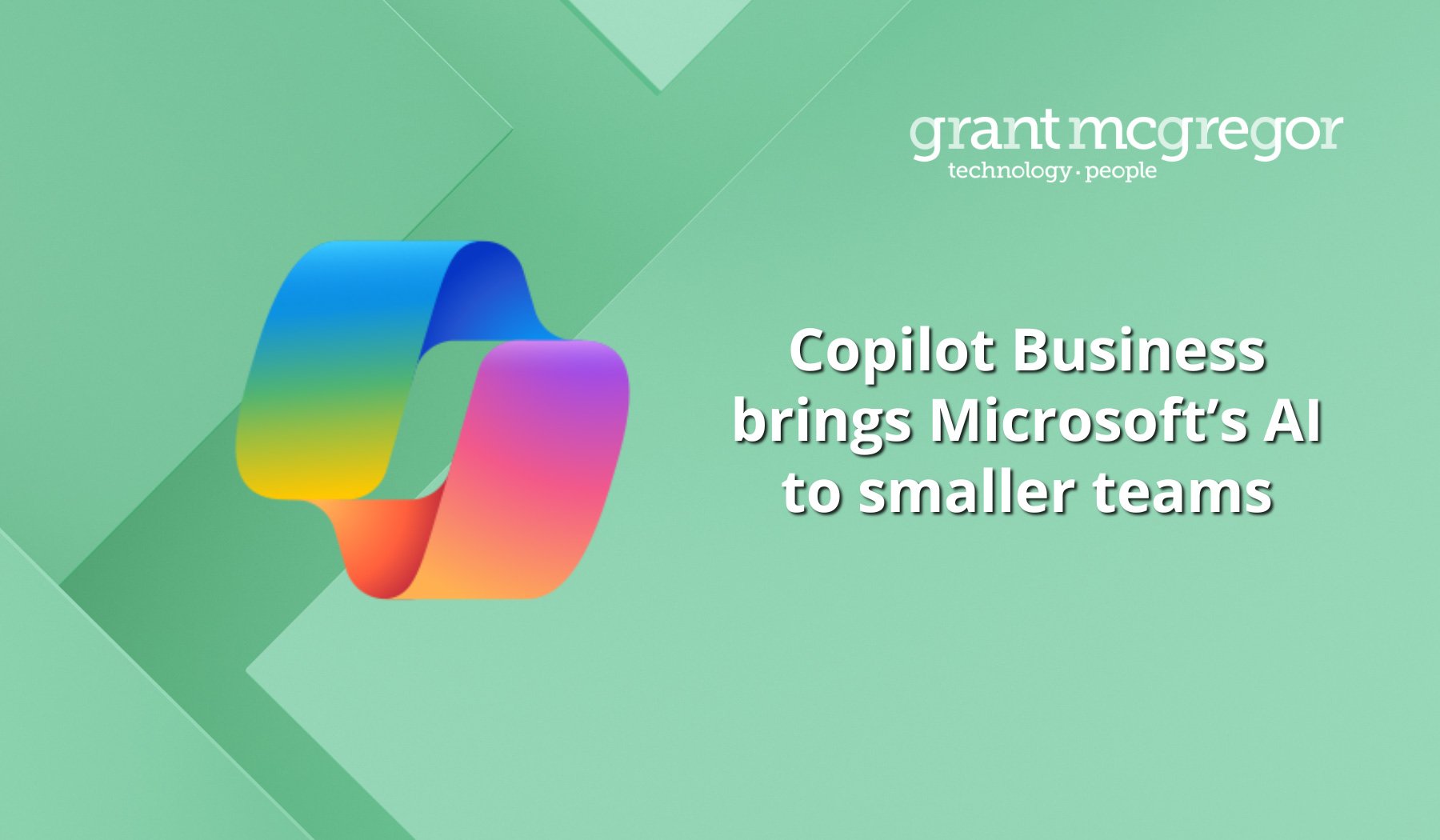Tips for getting the most from Power Platform

Many organisations hold a plethora of data from multiple sources that isn’t being used to its full potential. Similarly, business process automation is an often-under-utilised capability.
Microsoft’s Power Platform brings together three tools to address these opportunities and help even the smallest businesses to benefit from automation and analytics.
In this article, we’ll consider some of the approaches that organisations can take to get the most out of Microsoft Power Platform tools. First, let’s consider exactly what Power Platform is.
What is Power Platform?
Microsoft’s Power Platform comprises of three applications that can be used to sit across your existing business applications to integrate and automate processes and compile, analyse and present data to users.
The Microsoft applications that make up Power Platform are:
• Microsoft Power Automate: formerly Microsoft Flow, Power Automate enables the simple automation of business processes using no-code and low-code tools.
• Microsoft Power BI: Power BI is Microsoft’s reporting and analytics front-end, enabling you to create reports and dashboards drawing from multiple data sources.
• Microsoft Power Apps: Power Apps is another no-code/ low-code tool that enables users to create powerful business applications without needing technical experience.
Each of these applications is a powerful and useful tool in its own right but, when used together (and especially with your existing Microsoft 365 or Dynamics 365 tools), these three tools enable you to create a powerful and unified approach to process improvement and data sharing across your organisation.
How to get the most from Power Platform: Get started quickly
The Power Platform(1) tools have been designed by Microsoft to be easy to use and get started. Read through real-life use cases for each of the tools and take inspiration from other case studies that have been published online(2).
This research will help you understand the use cases within your own operations. Ideally, look for use cases with proven payback opportunities and rapid ROI. This way, you can demonstrate value quickly. Once proven, you can widen out your approach to include projects that might not have such easily calculatable ROI.
This was the approach taken by Cornwall Council(3) – having demonstrated return on investment from a cost point of view, it is now widening out its activities to more deliver more social-value-adding projects.
How to get the most from Power Platform: Make use of the resources Microsoft offers
Although the tools of Power Platform have been designed to be used by business users and non-technical people, Microsoft publishes a lot of training and help documentation online(4). Check out the resources that are freely available online.
If you have an Enterprise licencing agreement, you may qualify for free training and certification resources – especially if you are operating in the public sector. For example, if you are moving workloads to Microsoft’s Azure cloud, you can benefit from the company’s Enterprise Skills Initiative (ESI). This provides hands-on training for learning and enhancing technical skills and knowledge of Microsoft and Azure technologies.
How to get the most from Power Platform: Get the data backend right
The Power Platform tools have been designed to sit across your Microsoft and other third-party business applications, whether on-premises or in the cloud. Microsoft has invested a lot of development time and budget into creating connectors and other standardised tools and templates to help you use Power Platform tools across your IT infrastructure.
It is worth taking some time, however, to understand the options available to you. For example, with Power Automate, you have the option to store underlying data in SharePoint lists, Microsoft Dataverse or Microsoft Azure. Which you opt for will depend on the complexity and volume of data involved and the number of users. For small organisations with relatively simple applications, SharePoint lists may well suffice. This has the added advantage of likely being included within your existing licencing arrangements.
However, for larger organisations with many users and more complex data requirements, it might be worth investing in Microsoft Dataverse (formerly the Common Data Service) which runs on Microsoft Azure. This is especially useful if you are using Microsoft Dynamics for your CRM or ERP requirements – Dynamics 365 uses Dataverse as its data platform. It may be the case that you wish to use the included SharePoint licensing initially while you test the concept, then move onto Dataverse later once you decide to commit to using Power Platform tools. This was the strategy pursued at Centrica(5), for example.
How to get the most from Power Platform: Ensure standardisation within your organisation
Once you have proven the value of the various Power Platform tools, you’re going to need to introduce some systems and processes to ensure quality control and avoid duplication of effort.
This might mean establishing a process with defined gatekeepers who decide whether a Power App is ripe for development or a process is ideal for automation. These gatekeepers should be experts who can share best practice and determine priorities based on usefulness and value returned to the business. It will also be important for them to have an understanding of what’s happening across the organisation, so you don’t end up with a situation of multiple similar apps being created and vying for use.
In larger organisations, this might mean formalising rules of engagement and creating a centre of excellence. For smaller organisations, it might mean a central resource – a person, a small team, or a Teams channel – though which effort can be coordinated and users can post and answer questions.
How to get the most from Power Platform: Work with a trusted partner
Finally, to hasten your Power Platform adoption, you might want to consider working with a trusted partner who can help you plan your journey, embed the skills you need within your organisation and help you direct effort.
The Grant McGregor team is on hand to offer help and advice – whatever your starting point or familiarity with the Power Platform tools.
Contact us on: 0808 164 4142
Want more information?
Download our handy guide on the Power Platform Apps here.
You can also read more about these topics on our blog:
• Can I really use Power Automate to automate my workflows? How to get started.
• Five business processes that could be ripe for automation in your organisation: Using Power Automate to automate common tasks.
• Windows 12 is coming… here’s what we know so far.
• Are you using Teams to share sensitive data? Understand the security risk now.
Sources:
1. https://powerplatform.microsoft.com/en-gb/what-is-power-platform/
2. https://customers.microsoft.com/en-us/search?sq=power%20platform&ff=&p=2&so=story_publish_date%20desc
3. https://customers.microsoft.com/en-us/story/1508522167459986061-cornwall-council
4. https://learn.microsoft.com/en-us/training/powerplatform/
5. https://customers.microsoft.com/en-us/story/1439982459325639356-centrica




